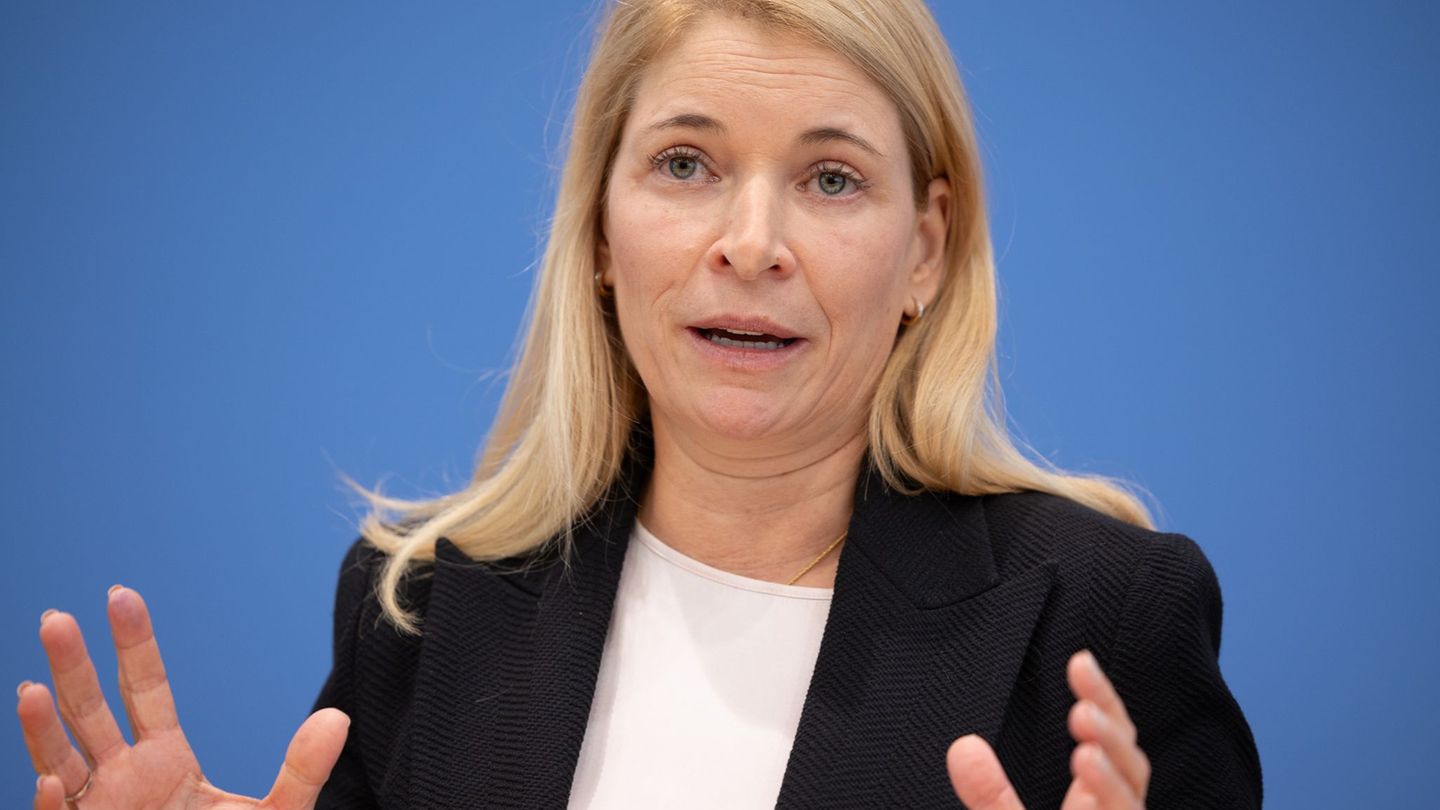Hundreds of thousands of children were sent to notorious children’s sanatoriums, especially in the 1960s and 1970s. Many came back traumatized. North Rhine-Westphalia is now presenting a study.
According to a study, the often violent and cruel educational practices in many children’s sanatoriums after the Second World War suggest a continuity with the National Socialist regime.
The North Rhine-Westphalian Ministry of Social Affairs and Health published a study on coming to terms with the suffering of the so-called “deportation children” after 1945 in western Germany. According to this, in NRW alone between 1949 and 1990, more than 2.1 million spa children were sent to spa or convalescent homes, often on the North or Baltic Seas, for weeks. These are the first scientifically reliable figures for NRW. According to different calculations, the number of children sent to cures during this period was estimated at six to eight million or even twelve million for all federal states of the Federal Republic of Germany at that time.
The study reveals that the organization of convalescence and healing cures for children was set up in the Weimar Republic and “aligned with the ideology of the regime” during the Nazi era, the North Rhine-Westphalia Ministry said. “This orientation had an effect in the years that followed, so that mental and personal continuity persisted.”
For many children, the stay in the sanatorium became an ordeal that left a traumatic burden on them well into adulthood. The eyewitness accounts of violence, beatings, deprivation of food and sleep, isolation and humiliation are described in the study as “highly credible”. The internet portal verschickungsheime.de alone now lists almost 2,000 such reports. Even a cursory reading of the reports reveals “frequently rigorous, not infrequently cruel, upbringing and detention practices during the spa stay”.
The spa children were cut off from the outside world, had no contact with their parents, and the mail was censored. Lovelessness, emotional neglect, especially of small children, corporal punishment and above all the compulsion to eat have meant “severe traumatization” for the children concerned, it is said.
In the 1960s and 1970s, the children’s spa was “an experience of many”, according to the study prepared by Professor Marc von Miquel, head of the documentation and research center of the social insurance carriers in Bochum. “The collective memory of the affected generations also shows that quite a few associated negative experiences with their treatment at the time. Homesickness, an authoritarian upbringing style, stupid leisure activities and miserable food are typical motives when people born between 1950 and 1970 talk about their own spa experience.»
The question of Nazi continuity was only marginally touched upon in the study and should be further researched, Miguel told the German Press Agency. However, the continuities relate to views and also to people. There are “explosive individual cases”, such as the case of the former head of the Hessian state children’s sanatorium Mammolshöhe, Werner Catel. He was one of the main perpetrators of Nazi “child euthanasia” and tested unauthorized drugs in Mammolshöhe in 1947, which killed at least four children. Medicines were also tested in other children’s sanatoriums and deaths were documented.
Miguel’s basic study “Children deported in North Rhine-Westphalia after 1945” prepares previously known facts and recommends further research, for example on drug trials in homes up to the 1960s and 1970s, as well as on the often dubious role of paediatricians in the mass deportation of children. Numerous contemporary witnesses reported on teas and tablets that were given to them during the cure to calm them down.
Source From: Stern
David William is a talented author who has made a name for himself in the world of writing. He is a professional author who writes on a wide range of topics, from general interest to opinion news. David is currently working as a writer at 24 hours worlds where he brings his unique perspective and in-depth research to his articles, making them both informative and engaging.




